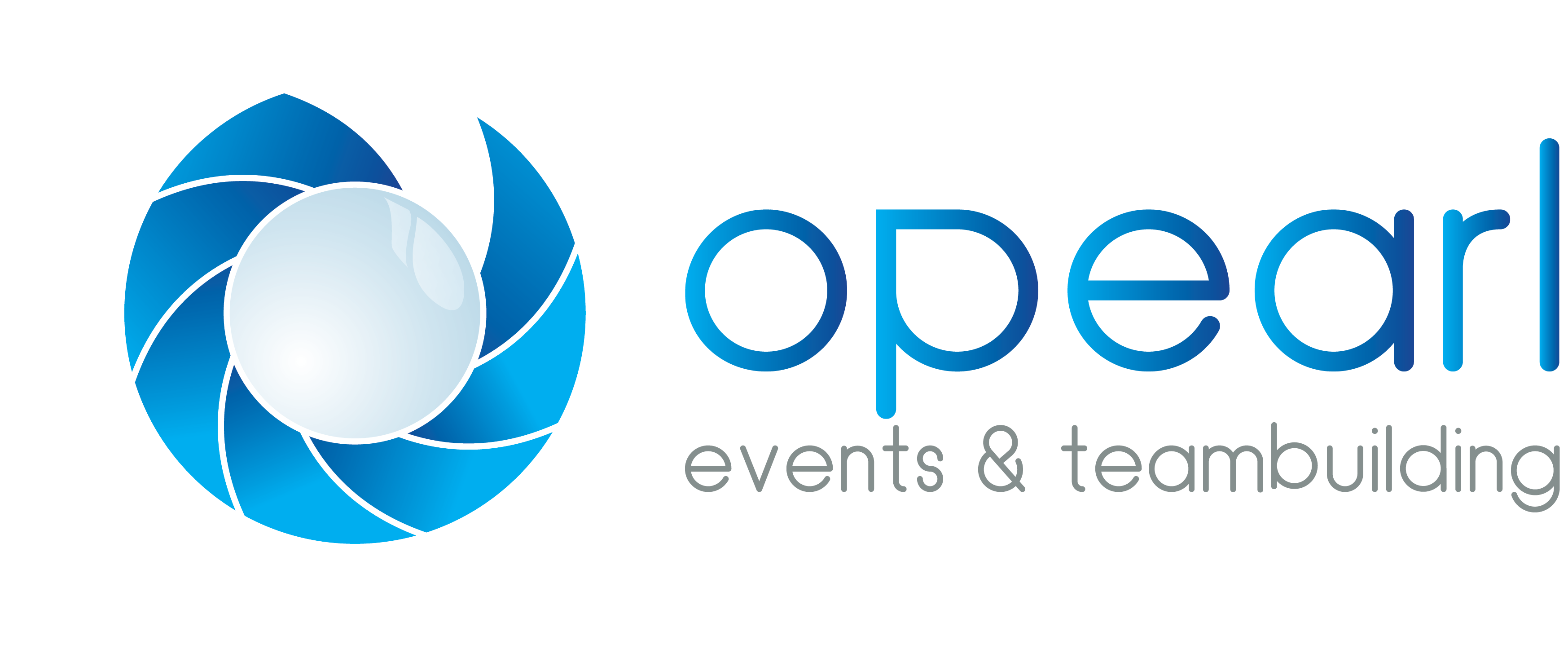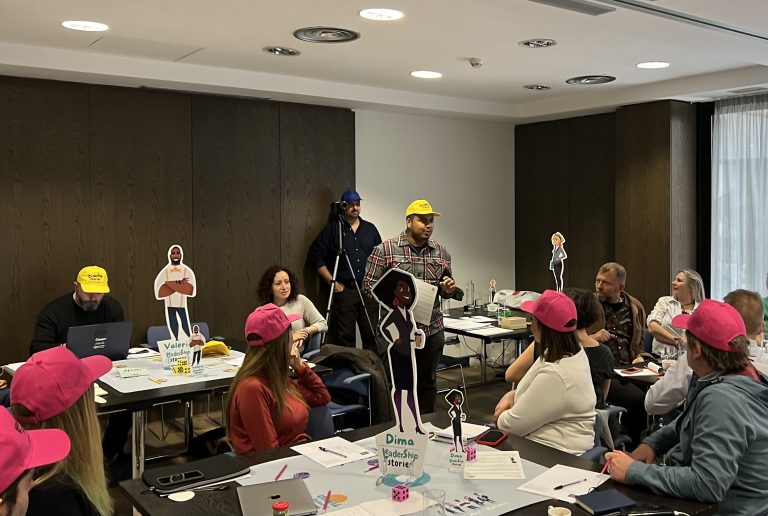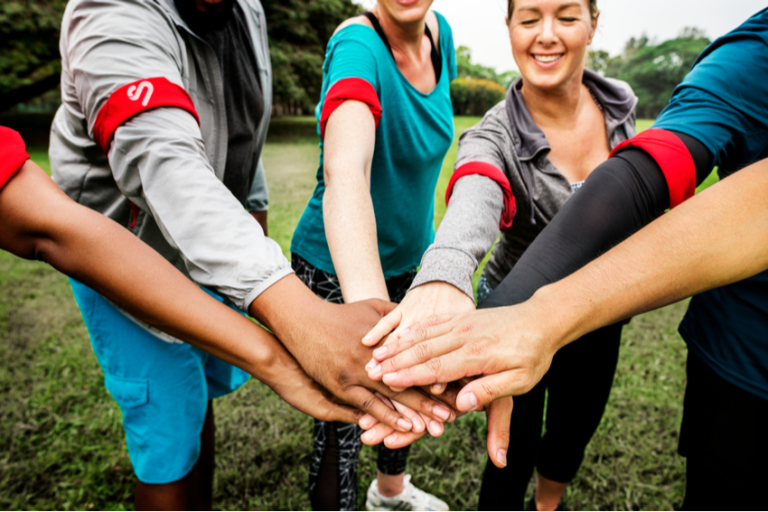The Importance of Communication in the Workplace
Effective communication is essential in the workplace. It is the foundation of successful teamwork, collaboration, and productivity. Clear communication helps to ensure that everyone is on the same page, understands expectations, and can work together to achieve shared goals. Conversely, poor communication can lead to misunderstandings, confusion, and conflict. It can also lead to lost time, resources, and productivity.
One of the most significant benefits of effective communication in the workplace is that it fosters a positive and supportive culture. When employees feel like they can communicate openly and honestly with their colleagues and managers, they are more likely to feel valued, respected, and engaged. This can lead to higher levels of job satisfaction, motivation, and retention. It can also improve teamwork, as employees are more likely to collaborate effectively when they feel comfortable expressing their thoughts and ideas. In contrast, poor communication can create a toxic work environment, leading to stress, anxiety, and burnout.
In addition to impacting culture, communication also plays a crucial role in ensuring that work is completed efficiently and effectively. When communication is clear, employees are more likely to understand their roles and responsibilities, as well as the goals and objectives of the organization. This can help to prevent duplication of effort and ensure that everyone is working towards the same end goal. It can also facilitate decision-making by ensuring that all stakeholders have the information they need to make informed choices. On the other hand, poor communication can lead to confusion and mistakes, causing delays and reducing productivity.

How Teambuilding Can Improve Communication
Effective communication is vital to the success of any team or organization. Without clear and open communication, misunderstandings can arise, tasks can be duplicated or missed, and ultimately, productivity can suffer. This is why team building activities that focus on improving communication are crucial for creating a positive and effective work environment. Such activities can include icebreakers, problem-solving exercises, and group discussions. By participating in these activities, team members can build stronger relationships, learn to listen actively and provide constructive feedback, and feel more comfortable sharing their ideas and opinions.
Teambuilding can also help to foster a culture of trust and collaboration. When team members participate in activities together, they are able to build a sense of camaraderie and mutual respect. This can lead to increased trust among team members, which in turn can help to improve communication. When team members trust one another, they are more likely to share information and ideas openly and honestly, which can lead to better decision-making and problem-solving.
In addition, team building activities can help to break down communication barriers between team members. In a diverse workplace, communication barriers can arise due to differences in language, culture, and communication styles. By participating in teambuilding activities, team members can learn to communicate more effectively with one another, even when there are cultural or language differences. This can lead to a more inclusive and supportive work environment, where everyone feels valued and respected.
Moreover, teambuilding activities can also help to improve morale and reduce stress in the workplace. When team members participate in activities together, they have the opportunity to have fun and get to know one another on a personal level. This can help to boost morale and create a more positive work environment. Additionally, teambuilding activities can provide a break from the day-to-day stresses of work, which can help to reduce stress and increase job satisfaction.
Effective Teambuilding Strategies for Better Communication
Effective team building is crucial for improving workplace communication, as it can help team members build trust, understand each other's strengths and weaknesses, and develop better collaboration skills. One effective strategy is to use icebreakers or teambuilding exercises at the beginning of meetings or group projects to help team members get to know each other better. These exercises can range from simple introductions to more elaborate games that encourage communication and cooperation. Another effective strategy is to encourage open and honest communication by creating a safe and inclusive environment where team members feel comfortable sharing their thoughts and opinions. This can be achieved through regular team meetings or one-on-one discussions where team members can discuss their ideas and concerns. Additionally, encouraging team members to actively listen to each other can also improve communication. This can involve setting ground rules for communication, such as avoiding interruptions or actively summarizing what someone else has said to ensure that everyone is on the same page.
Examples of successful teambuilding initiatives focused on improving communication include team-building retreats or off-site events that focus on communication and collaboration. These events can range from outdoor activities like camping or hiking to more structured events like team-building workshops. These events provide an opportunity for team members to bond outside of work and develop stronger relationships, which can improve communication and teamwork when they return to work. In addition, companies can also use technology to facilitate team communication, such as team chat apps or video conferencing tools, which can help remote or geographically dispersed teams stay connected and collaborate effectively.

The Role of Leadership in Successful Teambuilding for Communication
Effective communication is essential for any workplace, and team building can be an effective strategy to improve communication among team members. By bringing employees together in a collaborative and supportive environment, team-building activities can break down barriers and promote open communication. Some common team-building strategies include icebreaker activities, team-based problem-solving, and team-building retreats. These activities can help build trust and create a shared sense of purpose, which can lead to improved communication and more effective teamwork.
Leadership plays a crucial role in implementing successful team-building initiatives for communication. Leaders must understand the importance of effective communication and take an active role in promoting it within their teams. They can do this by creating a culture of open communication, where employees feel comfortable sharing their thoughts and ideas. Leaders can also model effective communication by communicating clearly and transparently with their teams, actively listening to feedback, and providing constructive feedback to their team members.
In addition to setting a positive example, leaders can promote effective communication through team-building activities. For example, leaders can incorporate activities that require team members to communicate and collaborate, such as team-based problem-solving exercises. These activities not only promote effective communication but also provide opportunities for team members to learn each other's strengths and weaknesses, leading to better collaboration and teamwork in the future.
There are several successful teambuilding initiatives that focus on improving communication. For example, one company organized a team-building retreat where employees participated in team-building activities, such as outdoor games and problem-solving exercises. Through these activities, employees were able to build stronger relationships with their colleagues and improve their communication skills. Another company organized team-based brainstorming sessions, where employees were encouraged to share their ideas and collaborate with their colleagues. These sessions led to more creative and effective solutions, as well as improved communication and teamwork among team members.
Addressing Common Challenges in Teambuilding for Better Communication
Effective communication is a crucial element of any successful workplace, and team building can play a significant role in improving communication among team members. By participating in teambuilding activities, team members can improve their communication skills, build trust and rapport with each other, and learn to work collaboratively towards a common goal. Some common teambuilding strategies that can be effective in improving communication include team-building exercises, icebreakers, and retreats. These activities allow team members to get to know each other on a deeper level and build trust, which can lead to improved communication and better workplace relationships.
However, the success of teambuilding initiatives for communication relies heavily on leadership's involvement and commitment. Effective leaders must take the time to understand the unique communication challenges facing their teams and tailor their team-building efforts accordingly. They can also set clear expectations for communication and provide regular opportunities for team members to practice their skills in a supportive and constructive environment. In addition, leaders can model effective communication skills and encourage their team members to do the same.
Despite the benefits of team building for communication, it can still be challenging to implement effectively. Common challenges include a lack of engagement, conflicting priorities, and difficulty measuring the success of team-building initiatives. To overcome these challenges, leaders must prioritize communication as a core component of their team-building efforts and work to ensure that all team members are engaged and invested in the process. This can involve setting clear goals and expectations for team building activities, providing ongoing support and resources, and soliciting feedback from team members to continuously improve the process.
The Importance of Feedback in Teambuilding for Better Communication
Effective communication is a cornerstone of success in any workplace, and team building can play an essential role in improving communication among coworkers. When team members are brought together in a collaborative environment, they are given the opportunity to build trust, open lines of communication, and foster a sense of mutual respect. There are many team-building strategies that can be implemented to improve communication, such as icebreaker games, group projects, and team-building exercises. These activities can help break down barriers between team members, encourage collaboration and cooperation, and develop a sense of camaraderie.
Effective leadership is key to successful team building for communication. Leaders must understand the importance of effective communication in the workplace and make it a priority in their team-building initiatives. They can promote communication by setting clear expectations and goals, encouraging open communication, and fostering a culture of transparency and respect. Leaders can also provide their teams with opportunities for professional development and training, which can help them develop stronger communication skills and build better relationships with their colleagues.
Despite the benefits of team building for communication, challenges can arise. Common challenges include a lack of engagement or buy-in from team members, conflicting priorities, and difficulty in finding time to schedule teambuilding activities. To address these challenges, leaders can consider involving their team members in the planning process and soliciting their input and feedback. They can also make sure that teambuilding activities are relevant to the team's goals and priorities, and ensure that they are scheduled at a time that is convenient for everyone.
Finally, feedback is an essential tool for improving team building for communication. Leaders should collect feedback from their teams on the effectiveness of teambuilding initiatives, including how they have impacted communication among team members. This feedback can be used to make adjustments and improvements to future initiatives, ensuring that they continue to meet the team's needs and promote better communication.
Conclusion
Teambuilding is a critical strategy for improving communication in the workplace. Through effective teambuilding initiatives, employees can build trust, collaboration, and communication skills that contribute to a more positive and productive work environment. Leaders play a crucial role in promoting and implementing these initiatives, and they should prioritize communication and actively seek feedback to continuously improve their efforts. Key takeaways from this blog include the importance of open and honest communication, the benefits of teambuilding strategies such as icebreakers and team challenges, and the challenges leaders may face when implementing these initiatives. Ultimately, leaders who prioritize teambuilding for better communication can create a stronger and more successful workplace culture.






